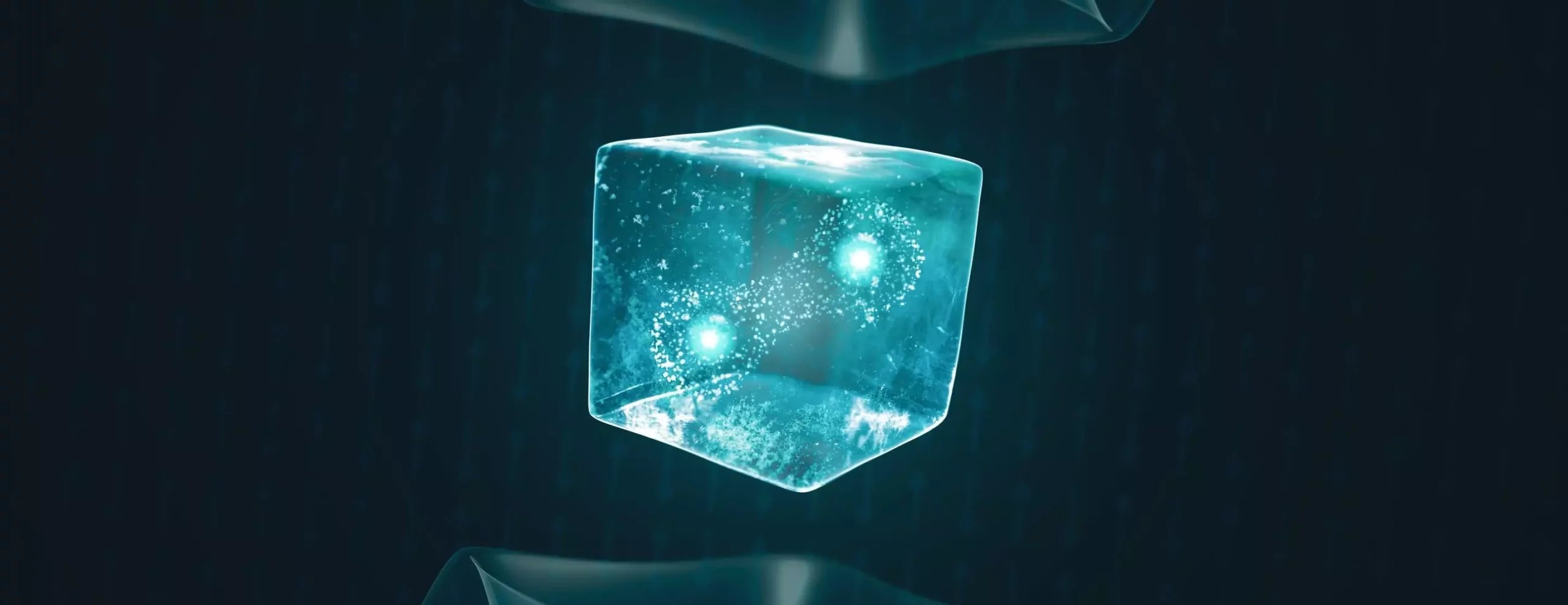The exploration of superconductors has captivated scientists for over a century, revealing a complex interplay of atomic properties that allows these unique materials to conduct electricity without any energy loss. The implications of such phenomena extend far beyond theoretical interest; they hold the potential to reshape multiple facets of modern technology, from enhancing the efficiency of electronic devices to revolutionizing transportation through magnetic levitation. As researchers embark on the quest for superconductors that operate at higher temperatures—possibly even room temperature—they are faced with both opportunities and challenges.
Superconductors, characterized by their ability to conduct electricity without resistance, typically require extremely low temperatures to exhibit their extraordinary properties. At higher temperatures, they revert to conventional conductors or insulators, where energy dissipation occurs. Understanding the fundamental nature of electron behaviors in superconductors is essential for innovating future materials. Central to superconductivity is the phenomenon known as electron pairing, wherein electrons form pairs—an essential condition for the emergence of superconducting states. This pairing is inherently dependent on coherent movement, punching a path to energy-efficient transmission.
The analogy of a dance party serves to illustrate this concept. Initially hesitant to interact, electrons can begin to get in sync as the right stimuli—analogous to a favorite song—encourage them to forge connections. Only when their movements become harmonized can the coherent, superconducting state emerge. This analogy captures the delicate balance and dynamics that characterize electron behavior across different materials.
Recent groundbreaking research has significantly advanced our understanding of electron pairing, with findings suggesting that it can occur at much higher temperatures than previously observed—especially within materials known as antiferromagnetic insulators. This discovery is vital since traditional superconductors typically function at temperatures below 25 Kelvin, while certain unconventional superconductors, such as cuprate compounds, can operate at temperatures up to 130 Kelvin. The potential to identify materials where electron pairing initiates at elevated temperatures could transform our approach to creating superconductors that operate under everyday conditions.
A collaborative research team from Stanford University, SLAC National Accelerator Laboratory, and other institutions has shed light on this phenomenon in their recent publication in the journal *Science*. They uncovered indications that electron pairs were forming under conditions that normally lead to insulators, symbolizing a significant breakthrough. While the observed material did not achieve zero resistance, the research hints at the feasibility of engineering similar materials into effective superconductors operating at much higher temperatures.
Beyond their potential in conventional electronics, superconductors also serve a pivotal role in the field of quantum computing. The unique quantum characteristics of superconductors make them well-suited for building quantum bits, or qubits, which are fundamental for advanced computation and data processing. Innovations in this area hinge on unraveling the mysteries of electron pairing and coherence, particularly at higher temperatures. If researchers can unlock methods to synchronize electron pairs more effectively, the potential for synergy with quantum technologies could radically enhance computational power and efficiency.
One of the most intriguing revelations from the research is the presence of a pairing gap even in highly insulating cuprate samples. This observation prompts speculation about the existence of a different mechanism that drives superconductivity in such materials. The key could lie in understanding the role of fluctuating electron spins, which may allow for pairing under novel conditions, paving the way for new methodologies in superconductor engineering.
The researchers’ insights urge the scientific community to pursue further investigations. By analyzing the pairing gap and the underlying mechanisms, there is potential to discover new pathways for developing superconductors with enhanced operational temperatures. The application of ultraviolet light to examine the atomic structure of cuprate materials is a promising direction, offering deeper understanding into the pairing behaviors.
As the pursuit for room-temperature superconductors continues, researchers stand at a critical juncture that could influence the way we manage electrical energy and harness advanced technology. The insights garnered from recent studies not only deepen our understanding of superconductivity but also present exciting possibilities for future discoveries. By exploring previously uncharted territory in electron pairing, scientists may be on the brink of unlocking disruptive technologies that could define the next era of material science, revolutionizing the landscape of energy efficiency, computing technology, and beyond.


Leave a Reply